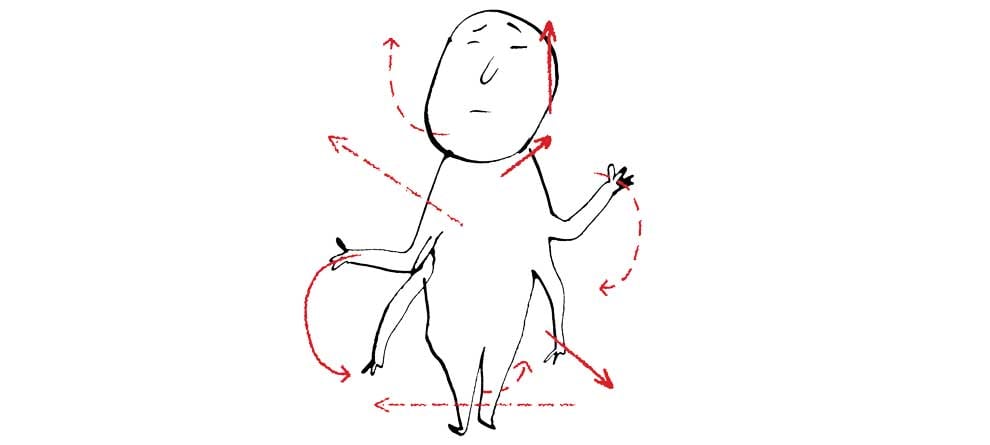What do Focal Seizures Look Like?
Image credits: Serge Bloch
Not everyone with epilepsy has convulsive seizures or dramatically falls to the ground. Rather, many people experience focal (partial-onset) seizures, which are more subtle—and easily missed. So named because they begin in one area of the brain, focal seizures can be divided into two categories: focal aware seizures, which sometimes affect motor and sensory functions; and focal impaired awareness seizures, which alter consciousness and can result in unusual or confused behavior. It’s important for caregivers to recognize these seizures, in case assistance is needed.
Blank Staring
During a focal impaired awareness seizure, a person may stare blankly into space and appear dazed or unaware of their surrounding environment.

Chewing
Unusual chewing movements may occur during a focal impaired awareness seizure, especially as the seizure progresses.

Mumbling or Confused Speech
As a focal impaired awareness seizure spreads in the brain, the patient can manifest a number of abnormal automatic behaviors, including mumbling and slurred speech.

Fumbling or Picking
Focal impaired awareness seizures often result in automatisms: non-purposeful, repetitive movements that seem random and clumsy to bystanders.
These include plucking at clothes, picking things up, and general uncoordinated activity.

Wandering or Running Away
Someone experiencing a focal impaired awareness seizure may begin walking around aimlessly—typically after staring blankly—or become frightened and try to run away.

Jerking or Shaking
Jerking typically begins in one area—the face, arm, or leg—and may expand to other parts of the body. These are sometimes called Jacksonian motor seizures.

Originally printed in EpilepsyAdvocate, Spring 2018
Categories : From Our Magazine
Tags : Blog





